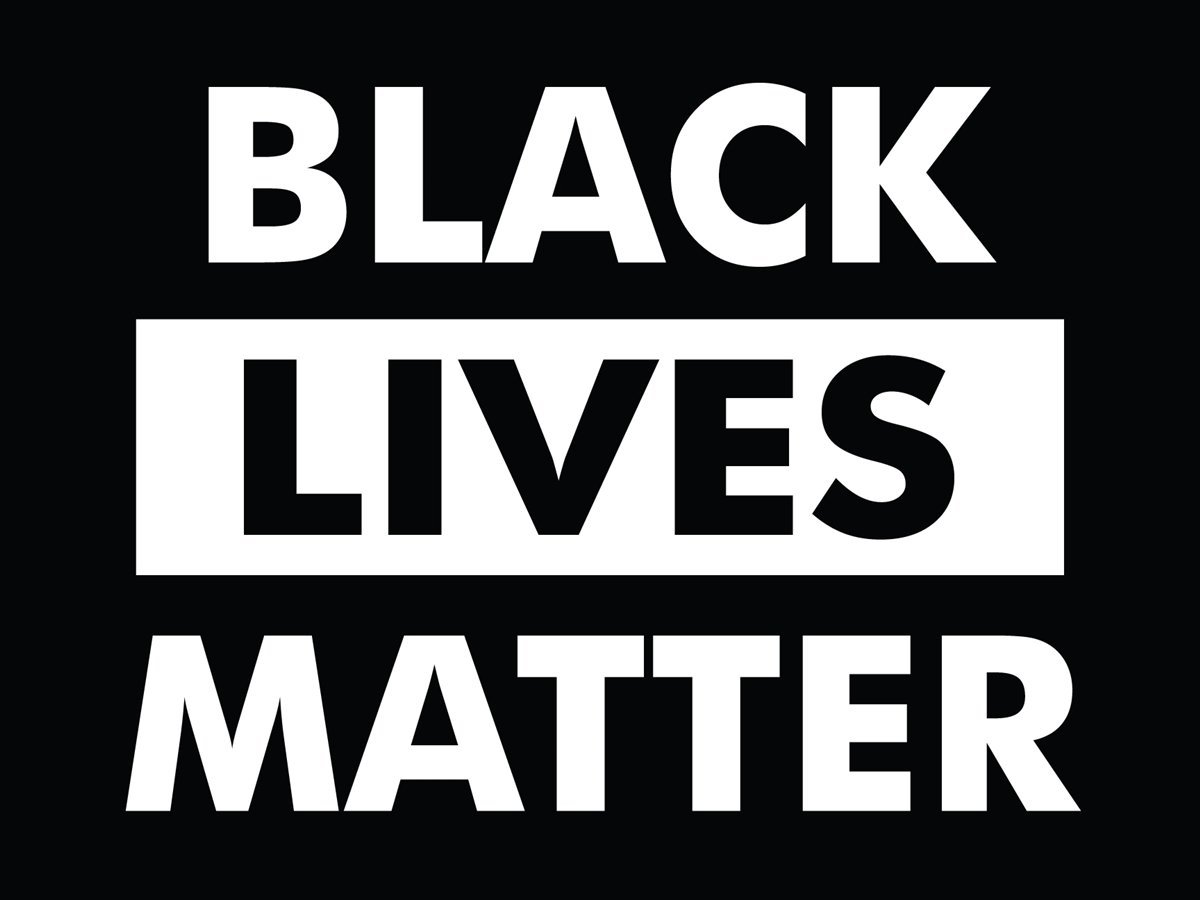Ο Linus Torvalds approved on Friday a new and more comprehensive terminology for Linux kernel code and documentation.
In the future, Linux developers will have to use new terms for master / slave and blacklist / whitelist terminology.

Suggested alternatives for master / slave include:
primary / secondary
main / replica or subordinate
initiator / target
requester / responder
controller / device
host / worker or proxy
leader / follower
director / performer
The proposed alternatives terms for blacklists/whitelists include:
denylist / allowlist
blocklist / passlist
The Linux team did not suggest specific terms, but asked developers to choose accordingly.
The new terms will be used for the new Linux kernel source code and related documentation.
The oldestThe terms, now considered insufficient, will only be allowed to preserve older code and documentation, or "when updating code for an existing (as of 2020) hardware or protocol that enforces these terms."
The move to remove master / slave and blacklist / whitelist terminology came after a proposal made by Linux kernel maintainer Dan Williams on July 4th.
The Linux team has now joined many tech companies and open source projects that have removed various references to racially charged terminology from their code to make it more neutral and inclusive. language.
The list includes Twitter, GitHub, Microsoft, LinkedIn, Ansible, Splunk, Android, Go, MySQL, PHPUnit, Curl, OpenZFS, Rust, JP Morgan and many more.
This trend started after the outbreak of the Black Lives Matter protests in the USA, which were triggered by the death of George Floyd in Minneapolis on May 25, 2020.





